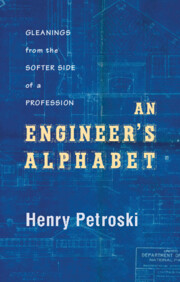U
Published online by Cambridge University Press: 25 October 2011
Summary
U.S. Army Corps of Engineers. A Corps of Engineers in the Continental Army was established by the Second Continental Congress in 1775 and came to be organized, trained, and led by French-trained military engineers. With the coming of peace in 1783, the Corps was dissolved with respect to the Army. Coastal fortifications continued to be necessary for defense, however, and there was a clear need for a permanent corps of engineers and for a means of training engineers for it. In 1794, Congress authorized the creation of a Corps of Artillerists and Engineers, which was garrisoned atop cliffs overlooking a strategic stretch of the Hudson River at West Point, New York, located about 50 miles north of New York City. From this group the Corps of Engineers was created in 1802, the same year that the U.S. Military Academy was established at West Point. The location came to be used as the name for the institution itself.
Considered the first engineering school in America, West Point did not have a focused system of instruction or examination until 1817, when Colonel Sylvanus Thayer (1785–1872) was appointed superintendent. He enlisted the help of Claudius Crozet (1790–1864), an 1809 graduate of Paris's Ecole Polytechnique, and the French system of educating engineers became a model for the U.S. Military Academy. Because the engineers and cadets of the Academy were at the service of the President, they were available for assignment to civilian as well as military engineering projects, and the Corps of Engineers became an important force in developing the young nation's infrastructure.
- Type
- Chapter
- Information
- An Engineer's AlphabetGleanings from the Softer Side of a Profession, pp. 320 - 326Publisher: Cambridge University PressPrint publication year: 2011



